The debate over lab-grown meat has reached a fever pitch in recent years. Touted by some as the future of sustainable food and dismissed by others as an overprocessed imitation, cultured meat sits at the intersection of environmentalism, technology, and culinary tradition. As the world grapples with climate change and food security, the question remains: Is this innovation a genuine solution or just another industrial food experiment?
The Promise of a Greener Future
Proponents of lab-grown meat argue that it could revolutionize the way we eat while drastically reducing our environmental footprint. Traditional livestock farming is responsible for nearly 15% of global greenhouse gas emissions, according to the United Nations. The process of creating meat from animal cells in bioreactors requires significantly less land and water, potentially easing deforestation and water scarcity issues that plague industrial agriculture.
Beyond emissions, the ethical implications are profound. Billions of animals are slaughtered annually for food, often under conditions that raise serious welfare concerns. Cultured meat offers a way to enjoy animal protein without the moral dilemmas associated with factory farming. Early adopters include climate-conscious millennials and animal rights activists who see this technology as aligning with their values.
The Science Behind the Hype
Cultured meat begins with stem cells harvested from live animals through harmless biopsies. These cells are then placed in nutrient-rich media where they multiply and differentiate into muscle tissue. The process mimics natural growth but skips the need to raise and slaughter entire organisms. While this sounds straightforward, the technical challenges are immense. Creating the perfect texture and flavor profile that rivals conventional meat requires precise control over cell development and scaffolding structures.
Cost remains another significant hurdle. The first lab-grown hamburger, created in 2013, carried a price tag of $330,000. Though prices have dropped dramatically since then—with some companies projecting $10 per patty by 2025—mass-market affordability is still years away. Scaling production while maintaining quality and safety standards presents additional obstacles that the industry must overcome.
Nutritional Uncertainties and Processing Concerns
Critics question whether lab-grown meat deserves its health halo. While it eliminates some risks associated with conventional meat—such as exposure to antibiotics or foodborne pathogens—the nutritional profile may differ significantly. Some scientists warn that the high levels of growth factors and hormones needed for cell proliferation could have unforeseen health consequences when consumed regularly.
The "clean meat" label also faces scrutiny. The production process often requires more processing aids and additives than traditional butchery to achieve the desired texture and taste. Purists argue that moving further from whole, minimally processed foods contradicts growing consumer demand for natural, simple ingredients. This tension between technological innovation and food purity lies at the heart of the controversy.
Cultural Resistance and the "Yuck Factor"
Food choices are deeply personal, tied to culture, tradition, and identity. Many consumers express discomfort with meat created in labs rather than pastures, a phenomenon researchers call the "yuck factor." This psychological barrier may prove more challenging to overcome than technical or economic ones. Surveys show generational divides, with younger demographics more open to trying cultured products while older consumers remain skeptical.
Language itself becomes contested ground in this debate. Should these products be called "meat" at all? Agricultural lobbies in several countries have pushed for labeling restrictions, arguing that only products from slaughtered animals deserve the term. This battle over words reflects deeper anxieties about authenticity and what constitutes "real" food in an age of technological disruption.
Regulatory Hurdles and Industry Growing Pains
The path to market approval has been uneven across jurisdictions. Singapore became the first country to approve the sale of cultured meat in 2020, while the European Union and United States move more cautiously through complex regulatory processes. Food safety agencies must develop entirely new frameworks to evaluate products that don't fit traditional categories.
Investment dollars continue pouring into the sector, but the industry faces consolidation as smaller startups struggle to deliver on ambitious promises. Partnerships with conventional meat companies have emerged as an unexpected trend, with traditional producers hedging their bets by investing in alternative protein research. This uneasy alliance between disruptors and incumbents will likely shape the future of both industries.
The Bigger Picture: Part of the Solution or Distraction?
Perhaps the most profound question isn't about cultured meat's viability but its role in addressing global food challenges. Some environmentalists argue that focusing on high-tech solutions distracts from simpler, proven approaches like plant-based diets or regenerative agriculture. Others counter that we need every available tool to feed a growing population without destroying the planet.
The ultimate test may come down to consumer acceptance. Will cultured meat remain a niche product for the environmentally conscious elite, or can it achieve the scale necessary to make a meaningful impact? As tasting events introduce the public to cultivated chicken and beef, early impressions suggest the products are closer to the real thing than many expected—for better or worse.
What seems certain is that the arrival of lab-grown meat forces us to confront difficult questions about our relationship with food, technology, and the natural world. Whether embraced or rejected, this innovation has already changed the conversation about what sustainable eating might look like in the decades to come.
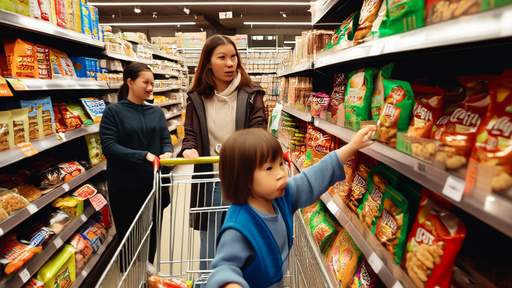
By /Jun 5, 2025

By /Jun 5, 2025

By /Jun 5, 2025
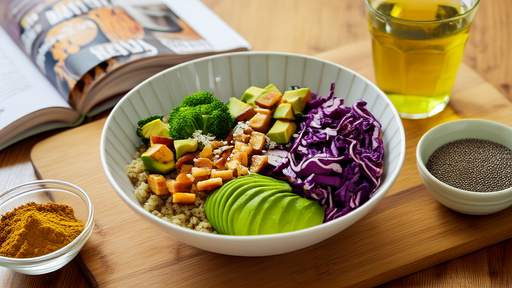
By /Jun 5, 2025
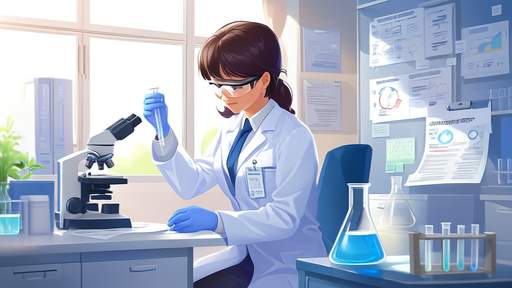
By /Jun 5, 2025
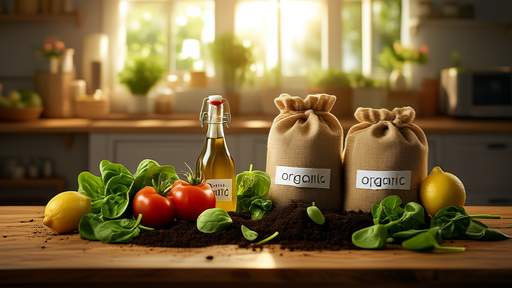
By /Jun 5, 2025
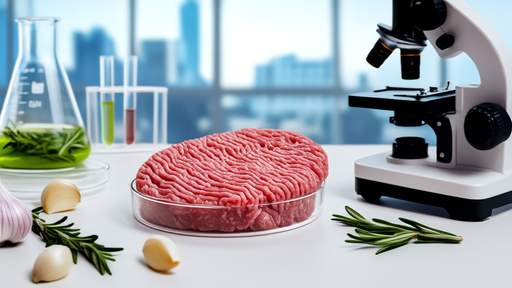
By /Jun 5, 2025

By /Jun 5, 2025

By /Jun 5, 2025

By /Jun 5, 2025
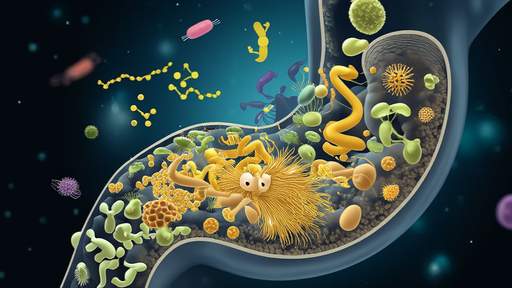
By /Jun 5, 2025
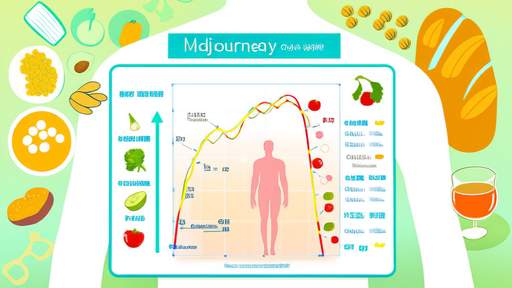
By /Jun 5, 2025

By /Jun 5, 2025

By /Jun 5, 2025
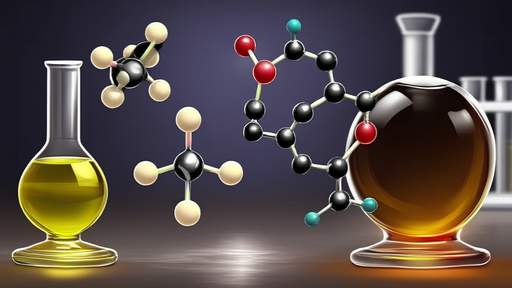
By /Jun 5, 2025

By /Jun 5, 2025

By /Jun 5, 2025

By /Jun 5, 2025

By /Jun 5, 2025
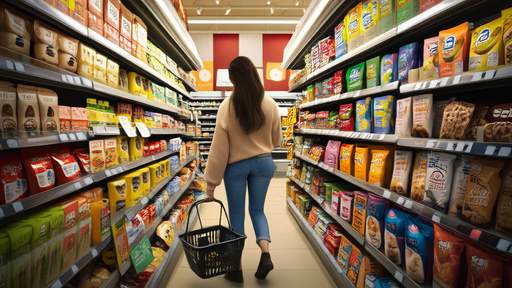
By /Jun 5, 2025